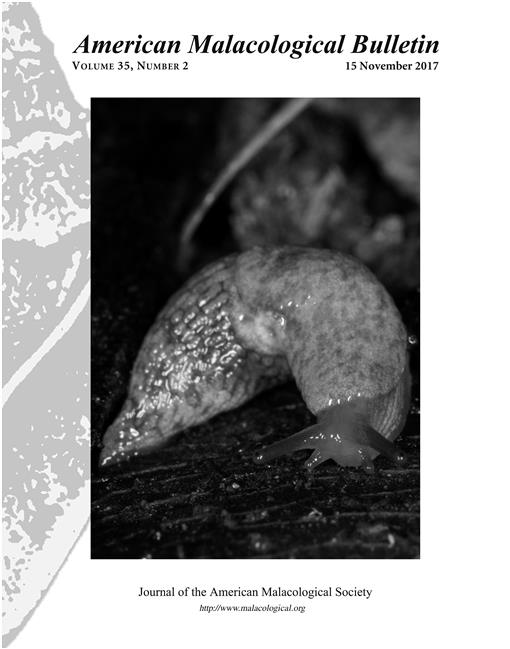The capabilities of suspension-feeding bivalve molluscs to discriminately ingest particles are well known. Physicochemical properties of particles have been shown to play a role in mediating post-capture selection in these animals. In particular, particle surface charge and wettability, a proxy for hydrophobic-hydrophilic forces, can be used by different bivalve species as determinants of selection. How physicochemical factors of particles affect their capture, however, have been little studied. To investigate such interactions, a series of adhesion assays and particle capture experiments were designed. First, mucus from the gills of the blue mussel, Mytilus edulis (Linnaeus 1758), and the bay scallop, Argopecten irradians (Lamarck 1819), were isolated separately, adsorbed onto glass microscope slides, and incubated with polystyrene microspheres (10 μm) that were either untreated or covalently bound to different neoglycoproteins (NGP; N-acetyl-glucosamine, D-mannose), or bovine serum albumin (BSA). Adhesion of treated and untreated microspheres to slides with and without mucus was quantified and statistically compared. Secondly, untreated microspheres and spheres with covalently bound NGP and BSA (ranging from 2 to 10 μm in diameter) were directly delivered to the incurrent aperture of bivalves. The excurrent water was sampled, and capture efficiencies (CE) calculated. Results demonstrate that the presence of epiparticulate BSA and NGP can significantly change the surface characteristics of microspheres, but these differences had minimal effect on adhesion to mucus or CE. A notable exception was a significant reduction in CE of D-mannose-treated 2- and 3-μm diameter microspheres by mussels compared to the control spheres of the same size. Overall, results of this study suggest that mussels and scallops can efficiently capture particles with a range of physicochemical surface properties. These findings conform to previously reported effects of particle surface properties on CE of particles by suspension-feeding bivalve larvae, but not deposit feeders.
How to translate text using browser tools
1 November 2017
Effects of Surface Properties on Particle Capture by Two Species of Suspension-Feeding Bivalve Molluscs
Maria Rosa,
J. Evan Ward,
Ashley Frink,
Sandra E. Shumway
ACCESS THE FULL ARTICLE
Argopecten irradians
differential capture
Mytilus edulis
particle adhesion





